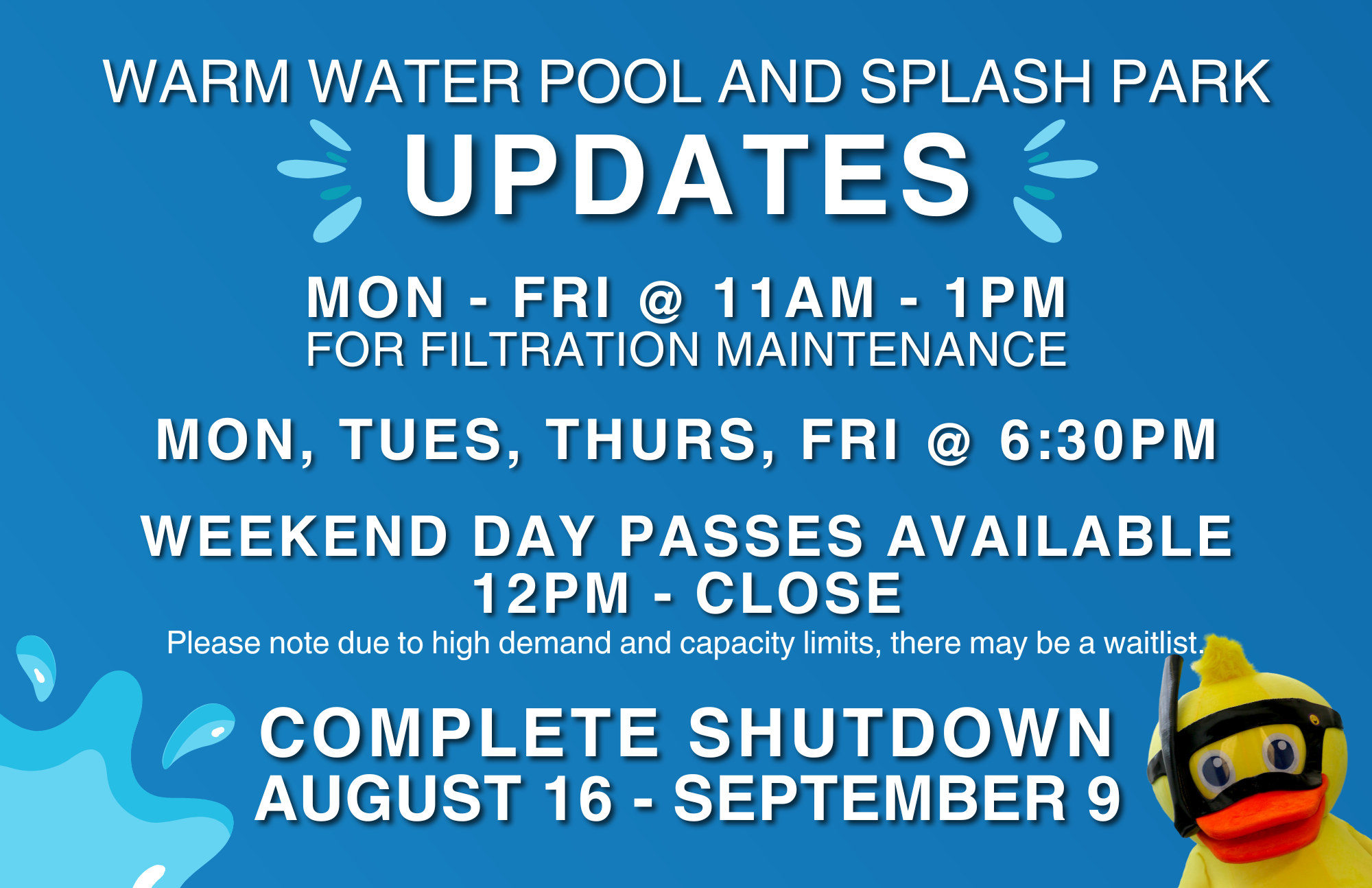|
The Purpose of Participating in Swim Meets
|
|
By Head Coach Dorsi Raynolds
Edited by Suzan Ballmer M.Ed
Swimming is made up of the most complex set of repetitive, rhythmic motions that exists in sport. More muscle groups must move through more ranges of motion in flawless coordination than in any other repetition-intensive activity. The coordination required to execute fluid, efficient swimming strokes is almost beyond comprehension. Because swimming motions and positions are not natural and are quite counter-intuitive, “just doing it” isn’t enough to improve technically. Water is 733 times denser than air and is merciless to any stroke inefficiency.
All sports require an initial investment of energy on the athletes part before performance benefits are reaped. It is imperative to work on stroke skills as well as cardio vascular and muscular conditioning in order to continue to make improvements throughout a swimmer’s career. Because of the highly technical nature of swimming, the
time it takes to master the sport is extremely long and so requires swimmers to practice well and to swim at meets in order to see the outcome of all their hard work.
Human beings are competitive by nature and games and sports are the first place where children begin to experience their competitive spirit. Swimming is a sport that presents both individual and team competitive opportunities and so children learn how to challenge themselves both as individually and as a member of group. Outlined below are some of the most important reasons for young swimmers to participate in swim meets.
1. The first is to experience competition – a word that derives its meaning from the Greek to “strive with”. This “striving with” their opponents implies a cooperative effort that always results in important improvements in time or effort or brings a deeper understanding of the sport for each competitor. Viewing these competitive opportunities in this way promotes healthy attitudes towards competition for each swimmer and they are vital to athletic development.
2. Fast times are produced in practice and are born at meets. It is not possible for any athlete to go as fast or dig as deeply into themselves at practice as it is in competition. This going beyond what was thought possible is one of the gifts of swimming in meets.
3. Swim meets also can serve as a testing ground for athletes. During practice swimmers learn new techniques in strokes, starts, and turns. Races are their opportunity to try out those new skills and for the swimmers and coaches to make assessments and adjustments for future improvements.
4. Swim competitions provide young athletes with an environment where they can learn to compete with grace and sportsmanship. They must accept all results with a respectful attitude and learn self-control when things don’t go as well as hoped. The meet setting is a great place for swimmers to learn to analyze their efforts for performance clues that will help them in the future as opposed to getting caught up in all the emotions – positive and negative that can arise and test not only the swimmers but also parents and coaches.
5. Swim meets are fun! They can be social occasions as well as competitive experiences. They are a place to celebrate fitness, good health, and youthful exuberance. Team spirit, cheering for fellow swimmers and the excitement of seeing friends succeed in their efforts culminates in an exciting atmosphere that benefits everyone.
|

